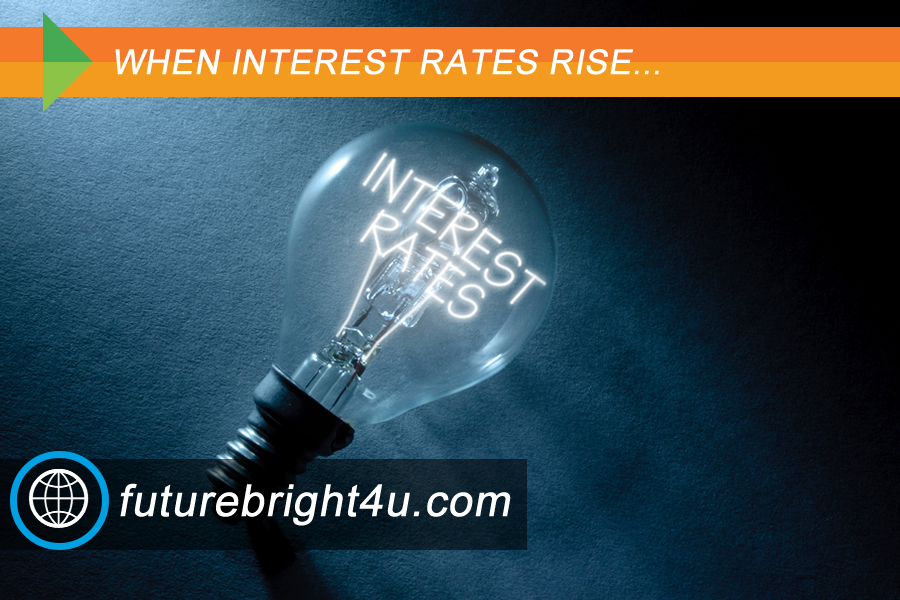2021 Q2 Commentary…
Can stocks and interest rates go up at the same time? Yes, they can, and they often do. Right now, we are in a period of recovery from economic shutdowns across the globe. As companies are forced to raise prices in 2021 and meet a return in consumer demand, we are watching inflation like a hawk. Specifically, we pay very close attention to the 10-year treasury note yield as our sentiment barometer.
First, a quick education on why the 10-year treasury yield matters…
▪ Treasury securities are loans to the federal government. Maturities range from weeks to as many as 30 years.
▪ Because they are backed by the U.S. government, Treasury securities are seen as a safer investment relative to stocks.
▪ Bond prices and yields move in opposite directions—falling prices boost yields, while rising prices lower yields.
▪ The 10-year yield is used as a proxy for mortgage rates. It’s also seen as a sign of investor sentiment about the economy.
How high can the 10-year treasury yield go before we do see it adversely affect the performance of the stock market? Some economists predict it’s 3%. Others say it’s 2.5%. The truth is that their predictions don’t really matter. What matters to us is the rate of change in inflation data that typically drives the change in interest rates. If the rate of change of inflation is increasing quarter over quarter, it signals a robust recovery is afoot, assuming job growth and GDP are accelerating, as well.
When inflation becomes too large of a problem to ignore, we typically see it unfold. Take the current housing market, for example. There are hot pockets in this country where new and existing home prices have been climbing double-digits for three years running. The FOMO on low interest rates coupled with tight supply and rapidly rising prices on homebuilding materials are creating a perfect storm for a severe housing price correction, or worse yet, a crash. Translate that to the rapid rise in prices of technology stocks or “Covid-Friendly” stocks, and there is similar risk. We don’t see it in the data right now, but the risk is always present because the data can change quickly.
All signs are pointing to a strong economy in Q2. As quarterly earnings start getting released in mid-April, we’ll likely see the companies negatively affected by COVID at this time last year crush their prior years’ results. Will that recovery strength be broad enough and strong enough to fight the inflationary price wave coming? Again, we don’t know until the data shows us. What we do have to go on is the data in hand (GDP accelerating, Inflation accelerating), and we’ll continue to maintain positions we deem as favorable to own under those conditions, knowing it could turn on a dime at any time.







